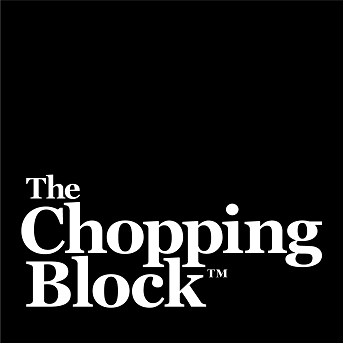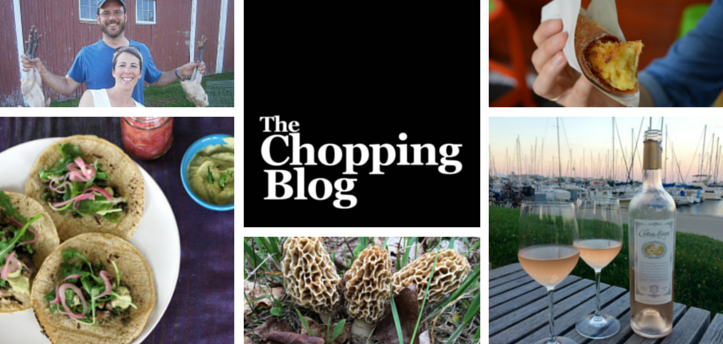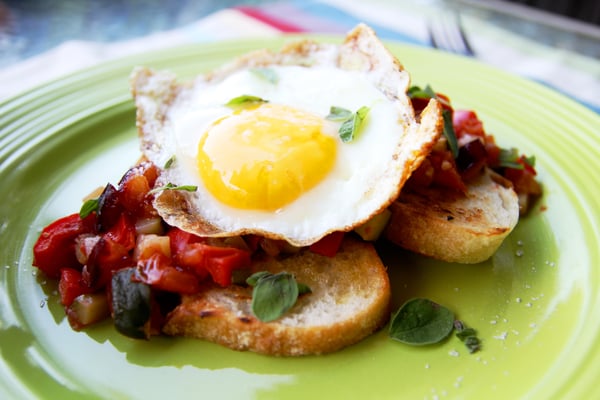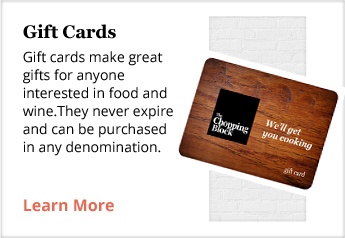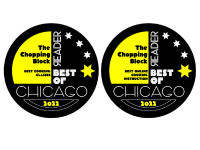There are many misconceptions about healthy eating: it’s too expensive, it’s difficult, it’s time consuming. Healthy eating might seem intimidating, so let’s break it down step-by step from the grocery store to the dinner table. You might not know where to begin with healthy eating, but there are many stages to begin at. Before you enter the grocery store, it’s wise to create a grocery list. Know some rules to get the best out of your produce. Make a healthy meal in little-to-no time. Slice and dice your veggies with efficient knife skills. Understand the importance of heat in your kitchen. And even photograph your creation to preserve forever.
Grocery List
A grocery list determines what you eat until the next grocery run. Versatile grocery lists stock your pantry with items that can be used in multiple dishes. It’s efficient to schedule out meals for the week because it’s easier to budget and determine how the same ingredients can create multiple meals. Let’s choose five ingredients for example: steak, onions, bell peppers, rice and tortillas. Aside from herbs and spices, this these five ingredients can yield: steak with veggies, fajitas and fried rice.
Choosing Produce
We’ve previously picked fruits that were too sour, unsweet, or weren’t ripe enough. Selecting the right produce depends on a few signs. These signs could ensure that you bring home a delicious treat. Rules for produce may differ, but here are some general things to look out for. Fruits and vegetables: smooth surface, firm and evenly colored. Citrus and melons: heavier weight typically indicates more juiciness. Leafy greens: crisp leaves that are evenly colored.
Quick Meals
A quick and healthy meal could consist of ingredients already in your house. For example, a simple salad with dressing only requires a handful of ingredients. Start with a protein, and mix it up with leafy greens, something sweet, and something crunchy. Make a vinaigrette with one part acid, two parts oil, salt, spices, and something sweet. Get more tips on using formulas from our Wellness Chef Alia Dalal in Native Tongue Magazine’s next issue!
Knife Skills
No one expects you to have the advanced knife skills of a TV celebrity chef. However, knowing how to use a knife is a foundational skill in the kitchen. Knife Skills and learning how to butcher can even be cost-effective. For example, cutting up a whole chicken is the difference between eating more meat and paying $.30 extra per pound for chicken breasts.
Heat
Cooking is ultimately about heat. One ingredient can taste many ways depending if you bake, sauté, grill, or sous vide it. In choosing a meal, it’s important to consider what type of equipment you have and what you’re cooking. You might grill or broil your steak, but it’s unfathomable to boil or bake it.
Food Photography
Time to dig in? Put your fork down. Your masterpiece is heading to Instagram. Watch the likes pile up as your homemade lemon-thyme chicken slays the #foodoftheday hashtag. Food plays to the senses, and plating your meal plays to the sense of vision.
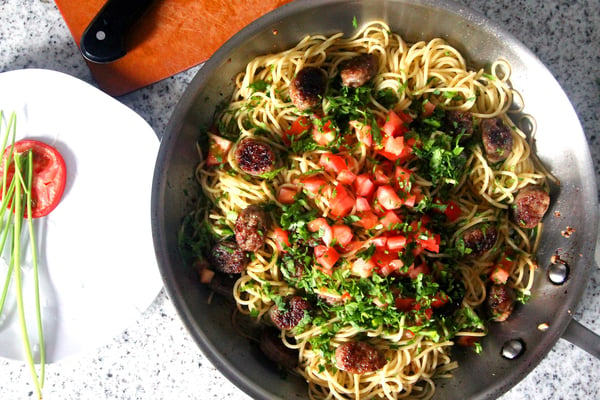 Want to learn more? Come to The Chopping Block on March 12 at 2pm to dive into the “grocery store to home cooking” cycle in-depth. We're teaming up with Native Tongue Magazine, a local publication propelling health change for Chicago's underserved communities, and Green City Market to host “Bridging the Gap”, an event to unite Chicagoans through food.
Want to learn more? Come to The Chopping Block on March 12 at 2pm to dive into the “grocery store to home cooking” cycle in-depth. We're teaming up with Native Tongue Magazine, a local publication propelling health change for Chicago's underserved communities, and Green City Market to host “Bridging the Gap”, an event to unite Chicagoans through food.

